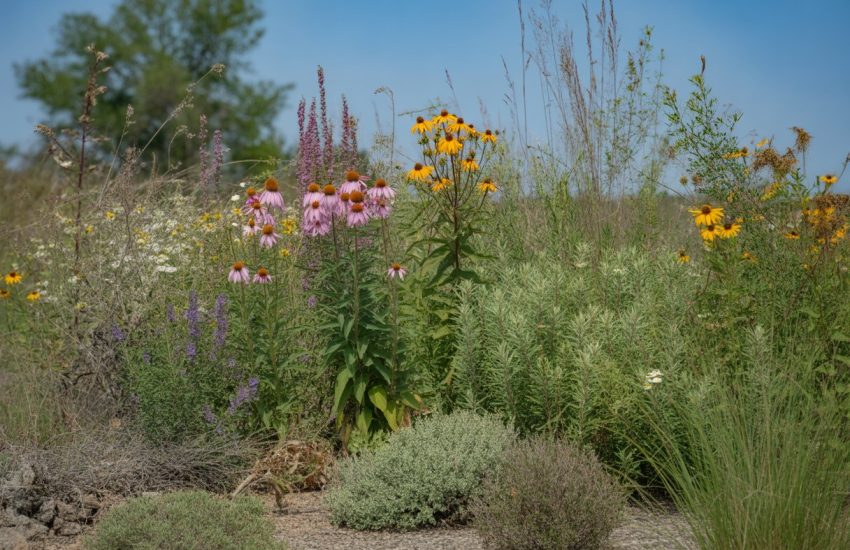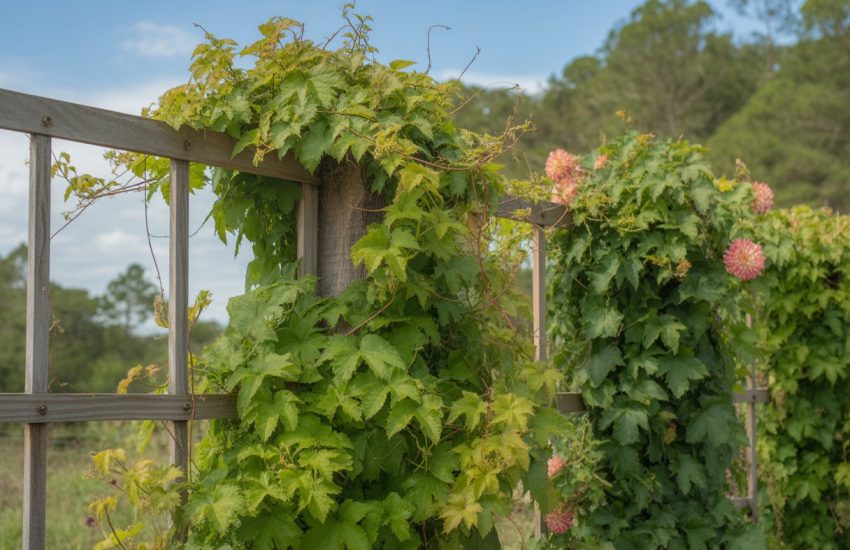Michigan Planting Zone Map 2025: A Comprehensive Guide to Gardening in Michigan
The Michigan Planting Zone Map 2023 has been released by the United States Department of Agriculture (USDA), and it is a valuable resource for gardeners and farmers in the state. The map is designed to help individuals determine the best plants to grow in their area based on the local climate. The map is divided into different zones based on temperature and other factors, and it provides information on which plants are best suited for each zone.
Michigan is a state with a diverse climate, ranging from hot summers to cold winters. The Michigan Planting Zone Map takes into account these variations in climate and provides detailed information on which plants can thrive in different areas of the state. The map is updated regularly to reflect changes in climate patterns and other environmental factors, making it a reliable resource for gardeners and farmers.
The Michigan Planting Zone Map is an important tool for anyone interested in gardening or farming in the state. By using the map, individuals can choose plants that are well-suited to their local climate, which can lead to healthier plants and better yields. The map is available online and can be accessed by anyone interested in learning more about the best plants to grow in Michigan.
Understanding Plant Hardiness Zones in Michigan
Michigan is known for its diverse geography, from the Upper Peninsula’s rugged terrain to the Lower Peninsula’s rolling hills and sandy beaches. With such a range of landscapes, it’s no surprise that Michigan has a variety of plant hardiness zones. Understanding these zones is crucial for gardeners and farmers to ensure that they choose plants that will thrive in their specific location.
The Role of USDA in Defining Hardiness Zones
The United States Department of Agriculture (USDA) is responsible for creating and updating the Plant Hardiness Zone Map. This map divides the United States into 13 zones based on winter temperatures, with each zone having a 10-degree Fahrenheit difference in the average extreme minimum temperature. The map is updated every 10 years, with the most recent update occurring in 2023.
Interpreting the 2023 Map Updates
The USDA Plant Hardiness Zone Map shows some changes in Michigan’s hardiness zones compared to the previous 2012 map. Some areas in the Lower Peninsula have shifted to warmer zones, while some areas in the Upper Peninsula have shifted to colder zones. For example, some parts of the Lower Peninsula that were previously in zone 5a are now in zone 6a. It’s important to note that these changes are not uniform across the state and can vary depending on location.
Influence of Climate Data and Weather Stations
The USDA uses climate data from 1991 to 2020 to create the Plant Hardiness Zone Map. This data is collected from thousands of weather stations across the country. However, it’s important to note that climate change can impact the accuracy of the map. As temperatures continue to rise, some areas may experience milder winters, which could result in a shift to a warmer hardiness zone.
In conclusion, understanding plant hardiness zones in Michigan is crucial for selecting plants that will thrive in a specific location. The USDA Plant Hardiness Zone Map shows some changes in Michigan’s hardiness zones, and it’s important to interpret these updates correctly. The influence of climate change and weather stations on the accuracy of the map should also be considered.
Gardening Tips for Michigan’s Climate
Michigan has a diverse climate, with the state being divided into different planting zones. Gardeners need to be aware of their growing zone to ensure they select plants that will thrive in their region. Here are some gardening tips for Michigan’s climate:
Selecting Plants for Your Growing Zone
Michigan has four different planting zones, ranging from zone 3 to zone 6. Gardeners should select plants that are hardy and suitable for their growing zone. Perennial plants such as coneflowers, black-eyed Susans, and daylilies are good choices for Michigan’s climate. Flowers like petunias, impatiens, and marigolds can add color to any garden.
Trees and shrubs such as red maple, white pine, and juniper are also popular choices for Michigan’s landscape. Gardeners should research the plants they want to grow and ensure they are suitable for their growing zone.
Adapting to Microclimates and Extreme Weather
Michigan’s climate can be unpredictable, with extreme weather events such as heatwaves, droughts, and heavy rainfalls. Gardeners should adapt to these conditions by selecting plants that are tolerant of different weather conditions. They should also consider microclimates in their garden, where certain areas may be warmer or cooler than others.
Hills and concrete can create microclimates that affect the growth of plants. Gardeners should also consider humidity levels in their garden, as high humidity can lead to fungal diseases in plants. They can use mulch to retain moisture in the soil and protect plants from extreme weather conditions.
Resources for Michigan Gardeners
Michigan has a wealth of resources for gardeners, including videos, gardening tips, and newsletters. Gardeners can subscribe to the Gardening Know How newsletter to receive regular updates on gardening tips and techniques. They can also download an ebook on gardening in Michigan to learn more about the state’s climate and growing conditions.
Michigan State University Extension offers a variety of resources for gardeners, including workshops and educational programs. Gardeners can also visit local nurseries and garden centers for advice on selecting plants and caring for their garden.
In conclusion, Michigan’s climate offers a unique set of challenges and opportunities for gardeners. By selecting plants suitable for their growing zone, adapting to microclimates and extreme weather, and utilizing available resources, gardeners can create beautiful and thriving gardens in Michigan.


